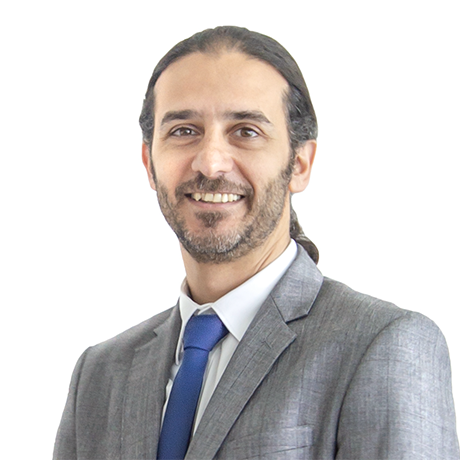Change has become a very natural word more than ever before. In today’s current situation it’s not about accepting change anymore it’s how to navigate through it and failing fast and learning from it.
You can classify change into 2 types, planned change and unplanned change. The main difference between them is that we know the future desired state in planned change , but we don’t know what the future state looks like in unplanned change. So what this means is that for planned change we can set the end date and start working towards it. For unplanned change we don’t have an end date as we are navigating through uncertainty.
This raises the following questions: How do leaders handle the constant change? What does it take to deliver a successful change?
As change is inevitable in today’s world, leaders need to think about how to build people resilience and organisational resilience to be able to handle the constant change and deliver successful results. They have to look at it as a set of skills that people and organisations can develop and master. Leaders need to be proactive in acquiring these skills for their organisations and building a resilient workforce.
So what is personal resilience?
Personal resilience is our ability to adapt to change. There are 4 domains of resilience physical, emotional, mental and spiritual. Physical resilience is basically reflected in physical flexibility, endurance and strength, while emotional resilience is reflected in the ability to self-regulate, degree of emotional flexibility, positive outlook and supportive relationships. Mental resilience is reflected in the ability to sustain focus and attention, mental flexibility and the capacity for integrating multiple points of view. Spiritual resilience is typically associated with commitment to core values, intuition and tolerance of others’ values and beliefs.( Rollin McCraty, 2016)
As each of us will have different needs we will need to be aware of the 4 domains and work on building our resilience by enhancing each domain. In the physical domain you need to work on your fitness and stamina, nutrition for energy and rest (e.g sleep, taking breaks) for recovery. In the Emotional domain work on calming and focusing, emotional regulation, realistic optimism and positive emotions. In the Mental domain be aware of self-beliefs, how to sustain focus, avoid thinking traps , and focus to control controllables. Finally the spiritual domain is awareness of your and others’ core values and beliefs, showing empathy, being able to reach out for help, and carrying out spiritual activities (e.g mediation, praying).
What is organisation resilience?
Organisation Resilience is the ability of an organization to anticipate, prepare for, respond and adapt to incremental change and sudden disruptions in order to survive and prosper. (Denyer, D., 2017)
The first action is to anticipate change by constant scanning of the environment to detect any stimuli that the organisation must respond to. This will help individuals to be mentally prepared for uncertainty and change. The scanning is not limited to outward events only, it needs an inward focus also to help people anticipate and notice problems and issues that could grow into incidents.
The second action is prepare for the change by bring people together and see the big picture. Leaders need to bring clarity and focus to the challenges confronting the organisation and frame them in ways that helps people create shared understanding and commitment. Leaders need to spend time observing and engaging with their people to understand their experiences and motivations, as well as experiencing the actual work environment to have a deeper understanding of the issues involved.
The third action is to respond to the change utilising the organisation resources, competencies and capabilities. Leaders need to define a clear vision and purpose. This will enable the people to know what needs to be done, how to adjust, and most importantly how to bounce back. The fourth action is to adapt to the change by putting in place new robust processes and having the willingness to change behaviours as a result of the experiences. The new behaviours and processes should identify, prioritise, manage and monitor the organisation’s critical risks and ensure that processes are continually improved as the business environment changes.

